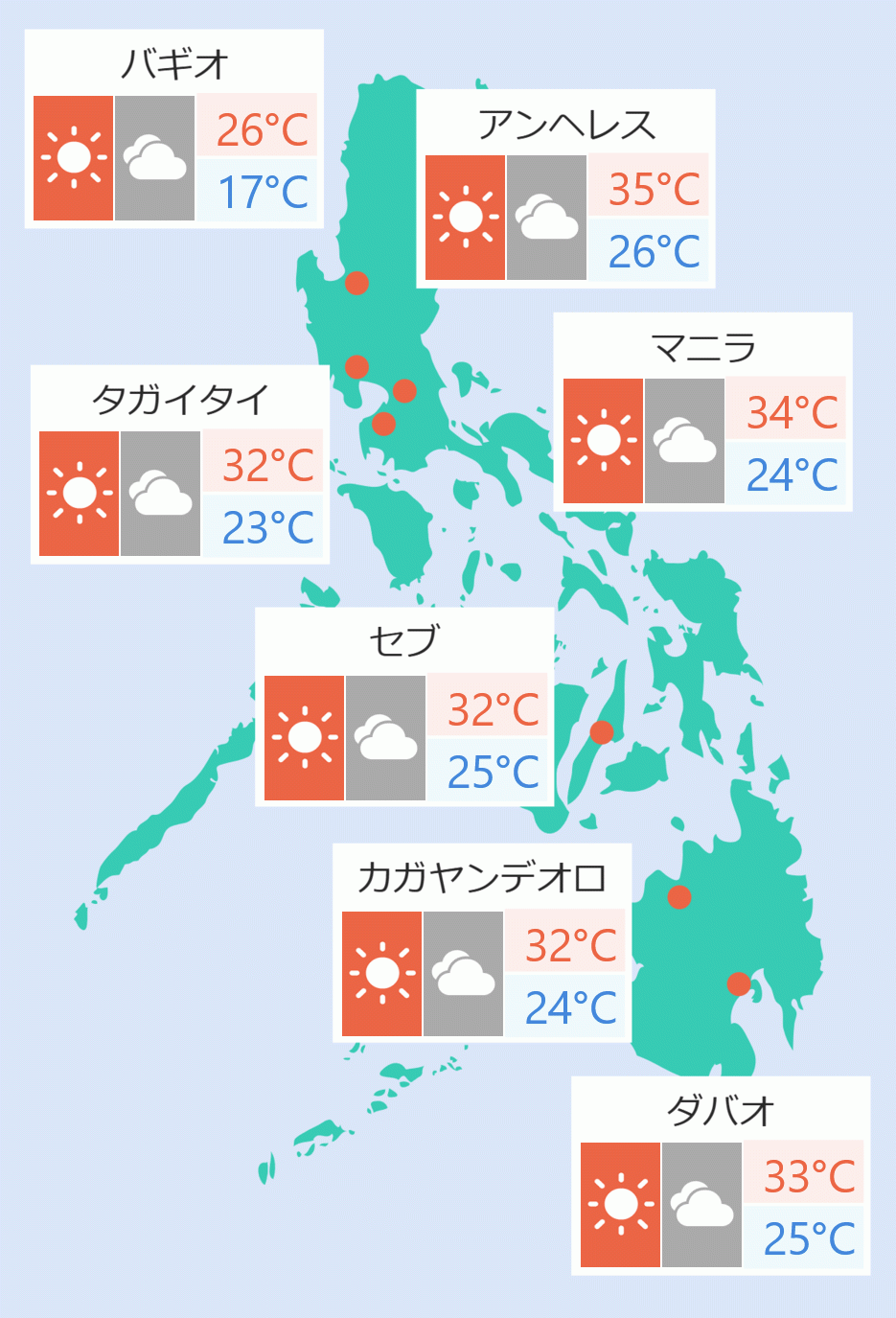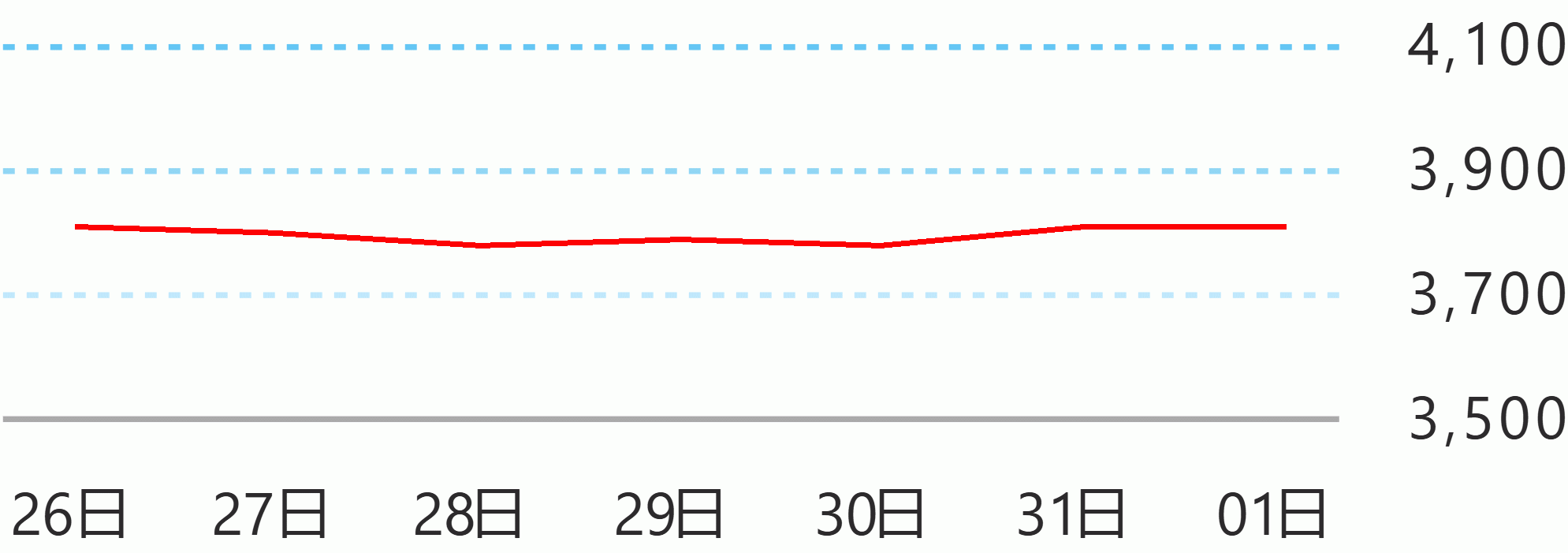The administration of President Ferdinand Marcos Jr. has continued to pursue initiatives to make the country an international and regional aviation hub, particularly with the construction of the New Manila (Bulacan) International Airport in cooperation with private partners.
In its yearend report, the Department of Transportation (DOTr) said one of its accomplishments this year is pursuing the implementation of Phase 1 of the New Manila (Bulacan) International Airport Project, which is targeted to be operational in 2027.
The DOTr said it is collaborating with the Department of Public Works and Highways (DPWH) and the concessionaire to address concerns about the flood mitigation plan for the Bulacan airport project.
The DOTr also facilitated the launching of the Baguio-Cebu-Baguio commercial operations of the Philippine Airlines starting December 16.
With regard to public-private partnerships (PPPs), aside from the Bulacan airport project, the DOTr has also been working on the Ninoy Aquino International Airport (NAIA) Development Project.
The agency engaged the Asian Development Bank - Office of Public-Private Partnerships (ADB OPPP) for the provision of transaction advisory services and the creation of an inter-agency technical working group from the DOTr, Department of Finance (DOF) and Public-Private Partnership Center (PPPC) to expedite processing.
The DOTr also reported on the conduct of advanced site acquisition for the airports in Laoag City in Ilocos Norte, Marinduque, Kalibo and Zamboanga.
DOTr cited in its report the improvement in the Philippine railway system such as signaling upgrades in the Light Railway Transit (LRT)-1 and the light railway vehicles (LRVs) overhaul in the Mass Railway Transit (MRT)-3.
The Philippine National Railway (PNR) also opened an additional route from Calamba, Laguna to Lucena City in Quezon province under the North-South Commuter Rail Project.
This is in addition to the Metro Manila Subway project, which commenced construction on the first section following a groundbreaking ceremony in Pasig City on October 3 led by Marcos.
The Marcos administration also carried out the Libreng Sakay Program through the LRT-2 EDSA Busway, reporting 1.6 million students enjoying free rides in LRT-2 and 52 million overall EDSA Busway ridership from July this year.
The DOTr also spearheaded the conduct of road repairs and installation of solar studs along the EDSA Busway, as well as bus timers in several bus stations.
The busway also had three newly completed and inaugurated additional stations, the DOTr said.
In the maritime sector, the DOTr was able to secure funding for port projects through the Special Allotment Release Order (SARO) from the Department of Budget and Management (DBM).
It has so far secured funds for four out of seven projects under the 2021 national budget and 15 out of 48 projects under the 2022 national spending program.
To reduce logistic costs, the DOTr is implementing a three-year development plan to improve food supply and logistics and has been collaborating with the trade department for the conduct of a logistics services conference.
The DOTr’s other port projects include the construction of new Green, Resilient, Advanced, and Digitally-Equipped ports and the expansion, repair, and maintenance of existing ports in the country. Presidential News Desk





 English
English










